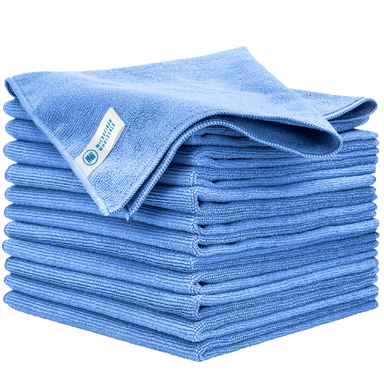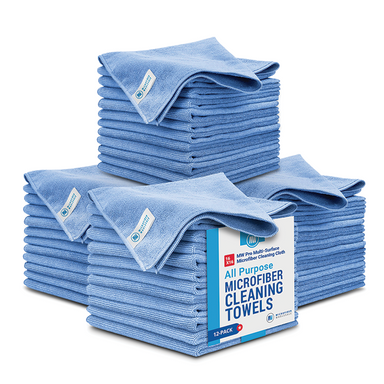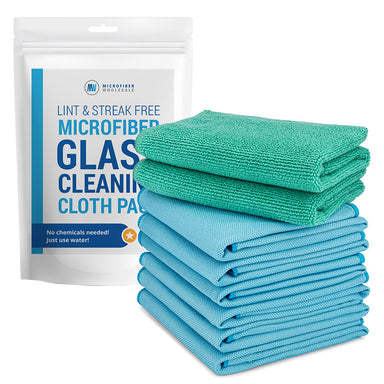Myth #4: pH-Neutral = Safe on Everything
The Science
“Neutral” pH sounds harmless, but it isn’t always. Even at pH ~7, the surfactants and solvents in a formula can interact with finishes, causing haze, softening, or stripping protective films. pH tells you acidity/alkalinity, not how a product’s full chemistry will behave on a specific surface.
Hidden Risk
You can lose gloss, dull a finish, or weaken protective layers on LVP, wood, and modern coatings that are solvent-sensitive. Beyond the appearance hit, that damage can trigger warranty issues and costly refinishing.
Recommended Practice
Match the product to the substrate and its coating, not just the pH on the label. Check the manufacturer’s compatibility guidance and always run a small spot test before rolling out a new product or process.
Avoid
Relying on pH alone to judge safety. “Neutral” is one data point, not a guarantee of compatibility across every surface.
Myth #5: Vinegar Fixes Hard Water and Glass
The Science
Vinegar (mild acetic acid) is usually too weak to break down heavy carbonate scale. What’s worse is that acids, even mild ones, can etch stone, like marble and travertine, and may react with certain metals and coatings, leaving marks you can’t polish out.
Hidden Risk
You can cause permanent micro-etching on stone, turn chrome black or patchy, and burn extra labor fighting thick scale with an underpowered acid. The surface looks worse, and the job takes longer.
Recommended Practice
Choose a purpose-formulated descaler that uses the right acid strength and chelators for the deposit you’re tackling. Work to label, then neutralize and rinse thoroughly. Save vinegar for light mineral haze on clearly compatible surfaces.
Avoid
Relying on pantry acids as a stand-in for professional descalers, they’re inconsistent, underpowered for heavy scale, and risky on sensitive materials.

















